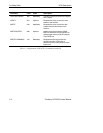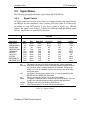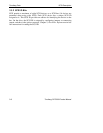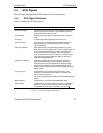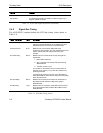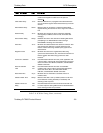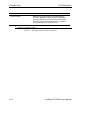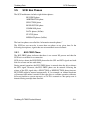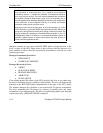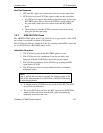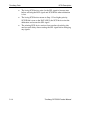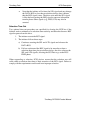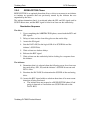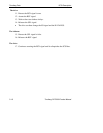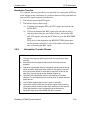Special offers from our partners!

Find Replacement BBQ Parts for 20,308 Models. Repair your BBQ today.

7DQGEHUJ'DWD 6&6,'HVFULSWLRQ
7DQGEHUJ'/73URGXFW0DQXDO
&$87,21
Any occurrence of a bus parity error (i.e., a single-bit error) should be
considered serious: it implies the possibility of undetected double-bit
error may exist on the bus. This may cause undetected data corruption.
On properly configured SCSI buses, parity errors are extremely rare. If
any are detected they should be addressed by improving the configuration
of the SCSI bus. A well-configured SCSI bus in a normal environment
should be virtually free of bus parity errors.
Bus parity errors cause the tape drive to retry the operation, go to the
STATUS phase, or go to BUS FREE and prepare Sense Data. Retrying of
parity errors during Data Out Phase when writing is normally not done, but
can be enabled by changing the EnaParErrRetry parameter in the VU
EEROM Mode Page. This feature is not enabled by default because of
possible negative impact on device performance (the data stream on
writes cannot be pipelined as well).
Initiators normally do not expect the BUS FREE phase to begin because of the
drive’s release of the BSY signal unless it has occurred after the detection of a
reset condition or after a drive has successfully transmitted or received one of the
following messages:
0HVVDJHV7UDQVPLWWHGIURP'ULYH
• DISCONNECT
• COMMAND COMPLETE
0HVVDJHV5HFHLYHGE\'ULYH
• ABORT
• BUS DEVICE RESET
• RELEASE RECOVERY
• ABORT TAG
• CLEAR QUEUE
If an initiator detects the release of the BSY signal by the drive at any other time,
the drive is indicating an error condition to the initiator. The drive can perform this
transition to the BUS FREE phase independently of the state of the ATN signal.
The initiator manages this condition as an unsuccessful I/O process termination.
The drive terminates the I/O process by clearing all pending data and status
information for the affected nexus. The drive can optionally prepare sense data that
can be retrieved by a REQUEST SENSE command.



